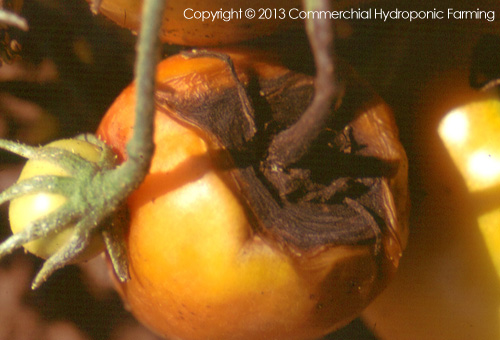

It does this by inhibiting the production of sterols, which are essential for the cell membranes of fungi. The market has shown a steady growth trend over the years.ĭifenoconazole is effective because it prevents fungi from growing and spreading. By 2005, the sales volume of Difenoconazole was 135 million dollars, and in 2007, the sales volume was 195 million dollars. In 1999, Syngenta Company registered 10% Difenoconazole WG for the first time. Difenoconazole was first synthesized in 1989 by Ciba-Geigy and has been used extensively in agriculture and horticulture since then. It is most commonly used to control powdery mildew, but it can also be used to control black spots, rust, and other fungal diseases. History of Difenoconazoleĭifenoconazole is a broad-spectrum fungicide that is used to control a wide variety of diseases in plants. The common types of pesticide formulation are Difenoconazole 25%EC, Difenoconazole 15% + Propiconazole 15%SC, and Difenoconazole 10%WG. It can be mixed with many other fungicides, such as Propiconazole, Azoxystrobin, etc. The mode of action is to inhibit the biosynthesis of ergosterol by interfering with the C14 demethylation of pathogenic bacteria cells so that the sterol stays in the cell membrane, damaging the physiological function of the membrane and causing the death of fungi.ĭifenoconazole has a wide germicidal spectrum, internal absorption conductivity, long efficacy, multiple dosage forms, and high safety. It is an inhibitor of sterol demethylation. Introduction of Properties of Difenoconazoleĭifenoconazole is a systemic fungicide that belongs to triazole fungicide.
In this article, we will provide an overview of difenoconazole, including its history, mode of action, and uses. It also prevents Ear Discolouration in winter wheat. It controls various fungi including Septoria tritici, Brown Rust, Light Leaf Spot, Leaf Spot, Pod Spot, Ring Spot, and Stem canker. It has a curative effect and a preventative effect.ĭifenoconazole can be applied to winter wheat, oilseed rape, Brussels sprouts, cabbage, broccoli/calabrese, and cauliflower. It is taken up through the surface of the infected plant and is translocated to all parts of the plant. It acts as a seed treatment, foliar spray, and systemic fungicide. Difenoconazole is a broad-spectrum fungicide that controls a wide variety of fungi – including members of the Ascomycetes, Basidiomycetes, and Deuteromycetes families.


 0 kommentar(er)
0 kommentar(er)
